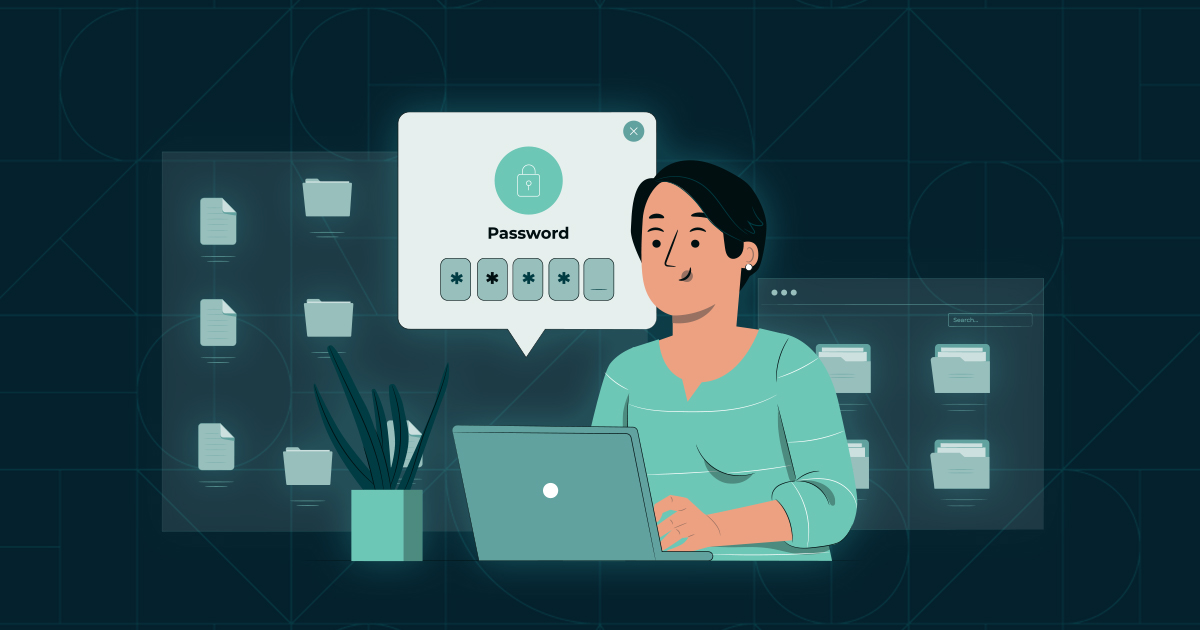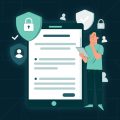As more businesses go online, the threat of identity theft is more significant than ever, with small and medium businesses increasingly becoming targets. Identity theft involves unauthorised access and fraudulent use of personal or business information that can result in financial losses and tarnish your reputation. .
This comprehensive guide, updated with the latest research and trends, will equip you with knowledge and tools to safeguard your business from identity theft.
Understanding Identity Theft
Identity theft is one of the fastest-growing crimes globally, affecting millions yearly. Hackers commit fraud or theft using bank account details, credit card information, and other personal data.
Warning Signs of Identity Theft
Vigilance is vital to preventing identity theft. Look out for:
- Unexplained transactions or changes in your bank statements.
- Unauthorised activities on your credit reports.
- Missed bills or receipts for purchases you didn’t make.
- Sudden loss of service or unexpected debt collection calls.
Preventative Measures
By implementing a few simple security measures, business owners can safeguard their data, maintain their customers’ trust, and avoid legal and financial penalties resulting from security incidents. Here are some of the top preventative measures you can implement today.
1. Social Media Precautions
Limit What You Share Online:
Cybercriminals can piece together your life from the snippets you share on social media platforms. Be cautious about posting identifiable details, such as your birthday, new home, children’s school, or even past educational institutions, as these can serve as answers to security questions linked to your accounts.
Set Privacy Settings to ‘Private’:
Adjust your personal social media account’s privacy settings so that only people you trust can view your posts and photos. Also, regularly review your friend list and remove people who shouldn’t be there.
Be Wary of New ‘Friends’:
Accepting friend requests from strangers or even “duplicate” friends (a second account purportedly from an existing friend) can expose your personal data. Validate new friend requests, especially if it’s someone you’re already connected with; it could be an impersonator.
2. Be Cautious of Phishing Scams
Recognising Phishing Techniques:
Phishing scammers have become sophisticated, designing messages and websites that closely mimic reputable organisations. Always scrutinise messages requesting your details.
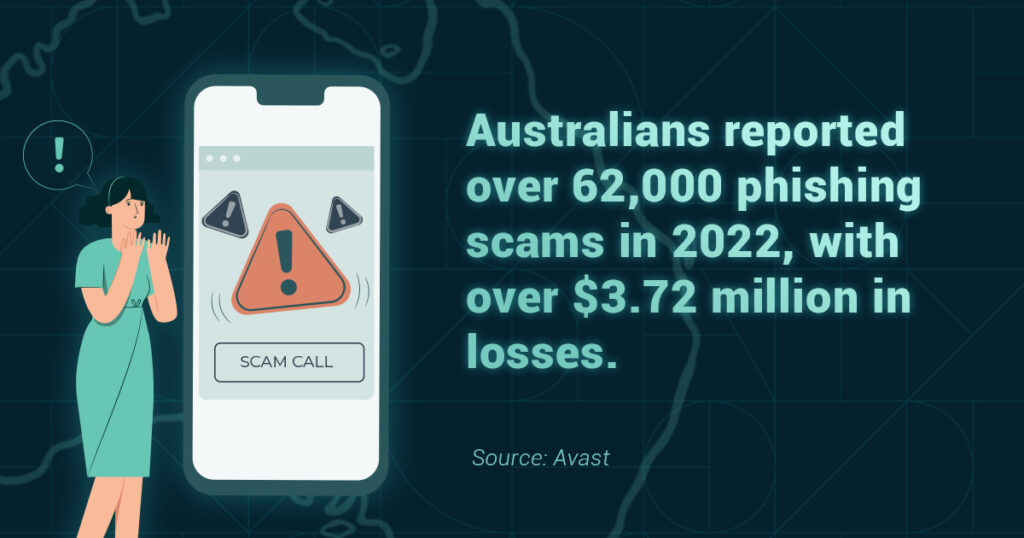
Look for spelling mistakes or email addresses that don’t match the official domain of the company they claim to represent.
Nowadays, most legitimate companies declare they will never ask you to update personal details through linked messages.
Navigate Manually:
If there’s a genuine need to update your online account details, instead of clicking on links, type the organisation’s official URL directly into your browser. This step bypasses the risk of being redirected to a fraudulent website.
Vetting Websites:
Be cautious when entering personal details into unfamiliar websites. If you find yourself on an unfamiliar website requesting your details, look for SSL certificates (the URL should start with “https://”) and read third-party reviews before entering any personal data.
3. The Importance of Strong Passwords
Password Security:
Weak passwords can be cracked in seconds using sophisticated software. Strong passwords include upper-case letters, lower-case letters, numbers, and symbols. Avoid using easily guessable information like birthdays, names, or common words.
Use Long Passwords:
The longer the password, the stronger it is, so make your password at least 12 characters long. These tips can help you create longer passwords that are easier to remember. Try to use:
- lyrics from a song
- A meaningful quote
- A series of words/phrases
- An abbreviation
Avoid passwords that could be guessed by:
- People who know you
- People with access to public info (like your social media profile)
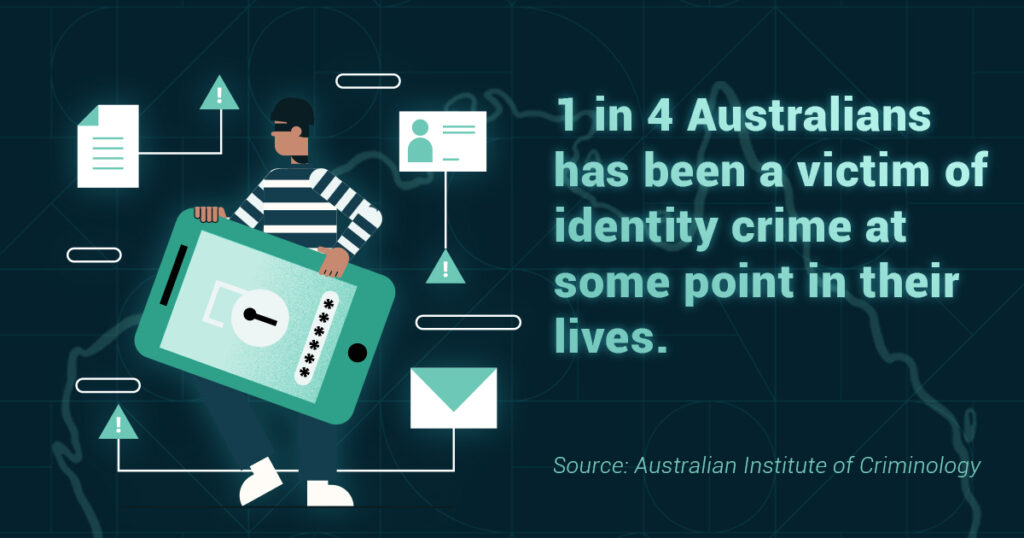
Use a Password Manager:
Password managers not only store your passwords securely but also help in generating and retrieving complex passwords. This way, you don’t have to remember each one, just a strong master password.
4. Other Tips for Online Security
Software Updates:
Cybercriminals exploit vulnerabilities in outdated software. Regularly update all software, particularly for operating systems and antivirus software, on your devices. These updates often contain vital security patches.
Public Wi-Fi:
Be careful about what you access on public or untrusted Wi-Fi networks. Use a Virtual Private Network (VPN) to encrypt your connection and mask your IP address.
Regular Account Monitoring:
Regularly check your financial statements and online accounts for suspicious activities. Set up account alerts for large transactions or login attempts from new devices.
Physical Security:
Physical theft can also lead to identity theft. Keep your mailbox locked to prevent someone from stealing your mail and shred sensitive documents you no longer need.
Telephone Scams:
Be cautious of unsolicited phone calls that request personal information. Don’t click on links from unknown text messages.
Again, if you receive a request to update information, go directly to the website in your browser instead of clicking on links.
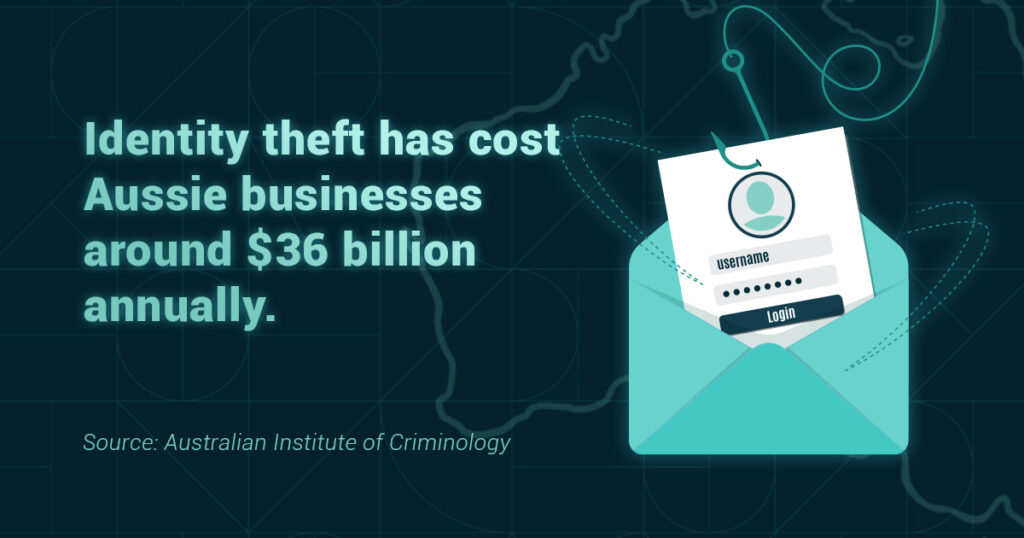
5. Immediate Steps to Address Identity Theft
If you suspect that your identity has been stolen:
- Alert Financial Institutions: Notify your bank and other service providers. Freeze any compromised accounts and change PINs.
- Change Credentials: Update passwords and security settings on compromised accounts.
- Report to Agencies: File a police report and report to organisations that handle cybercrime and identity theft.
6. Who to Contact in emergencies:
- ACSC ReportCyber: ReportCyber is your go-to for reporting cybercrimes. Your input contributes to the collective Australian cyber security.
- ACCC Scamwatch: Scamwatch helps warn Australians about current scams.
- IDCARE: Contact IDCARE for specialised support in mitigating risks from data breaches.
- Australian Taxation Office (ATO): For tax-related identity theft, report immediately to the ATO.
- Australian Securities and Investments Commission (ASIC): Financial misconduct should be reported to ASIC, which is particularly crucial for issues involving superannuation or crypto-assets.
Staying Ahead of Identity Thieves
With identity thieves constantly evolving their methods, staying informed about the latest threats and protective technologies is vital. Engage with forums, attend relevant webinars, and subscribe to security newsletters to keep your defences up-to-date.
By taking proactive measures and implementing the simple steps outlined in this guide, you can reduce the risk of falling victim to online scams, identity theft, and other cyber threats.
Remember, the safety of your business information is not just about protecting data—it’s about safeguarding your business’s reputation, financial health, and future success. Stay vigilant, stay informed, and stay secure. Book a free advisory session with our cyber security specialists for further information.

Your first step to building a world-class website starts here.
A trusted brand is priceless for any business. We will help you build a compelling website that is respected in your industry and stands apart from your competition.
